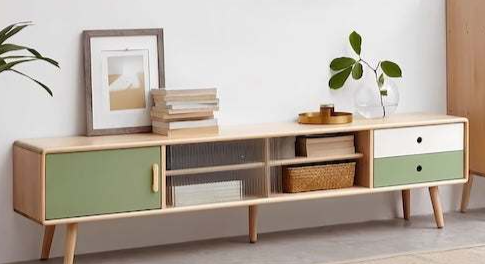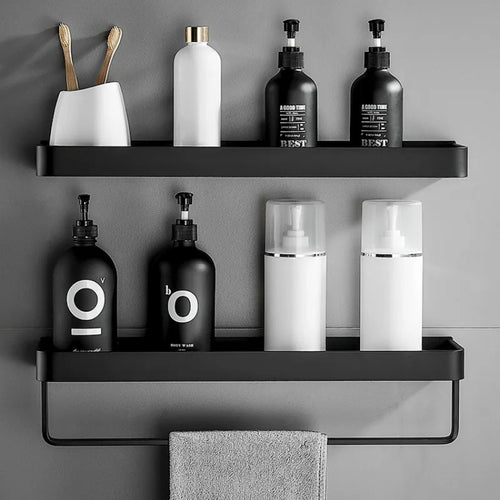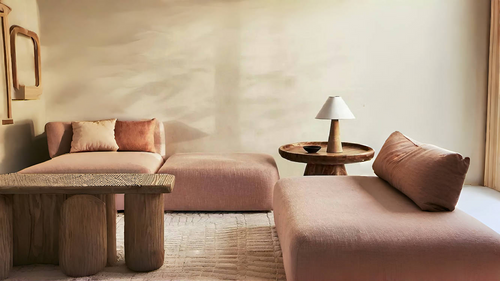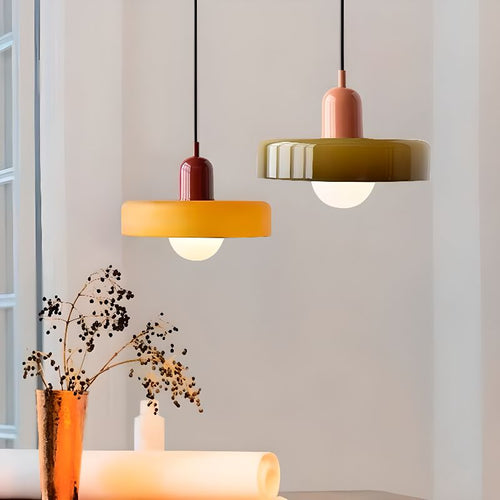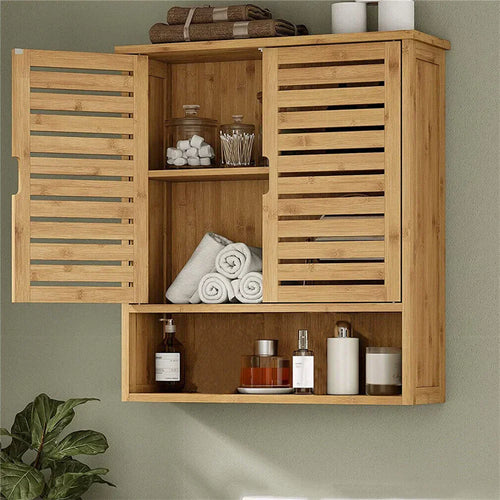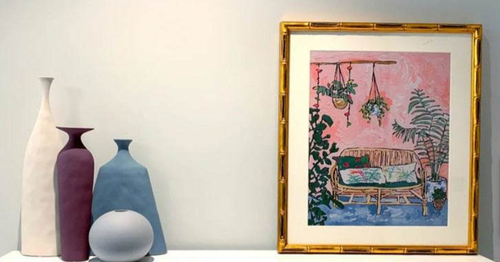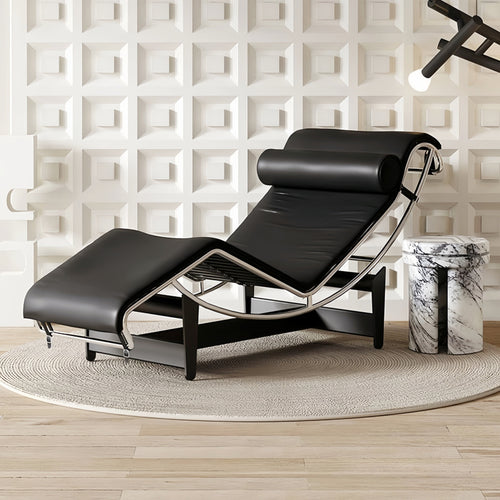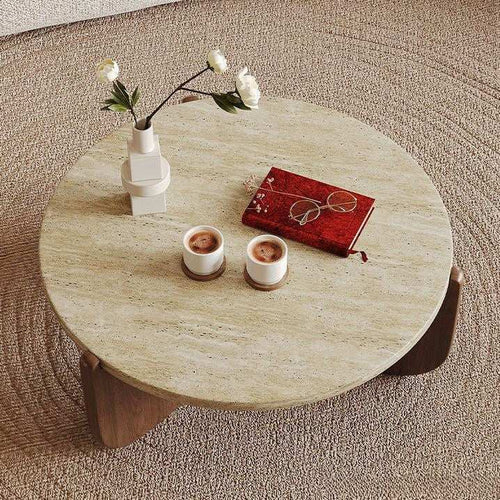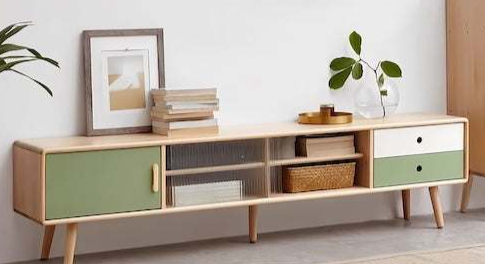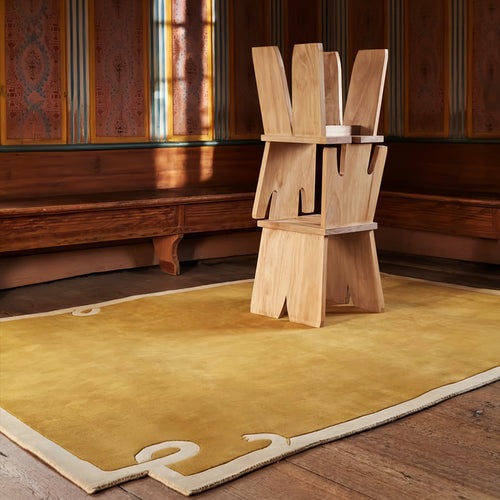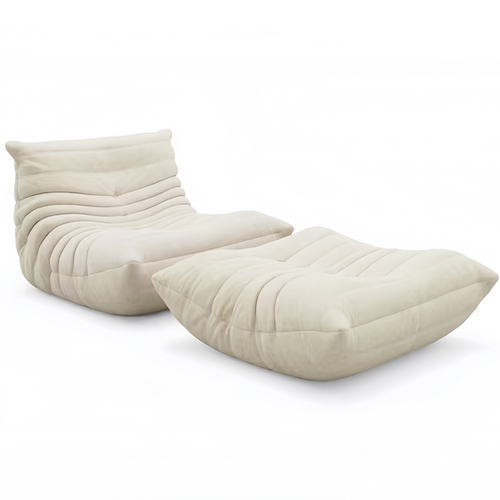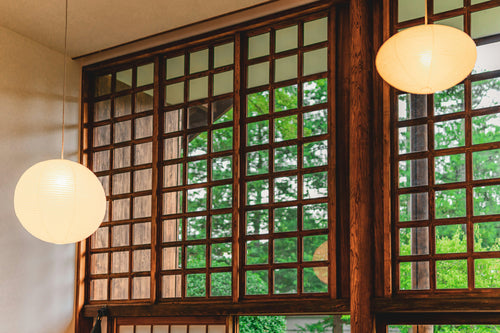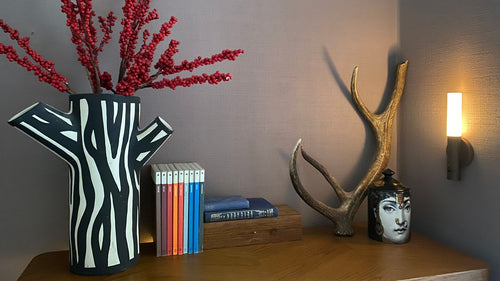Zisha teapots, revered for their exquisite craftsmanship and ability to enhance the flavor of tea, have a rich history deeply rooted in Chinese tea culture. Known for their porous nature and unique mineral properties, zisha clay teapots are highly sought after by tea enthusiasts worldwide. In this article, we will delve into the art of making a zisha teapot, unraveling the essential steps and secrets behind this ancient craft.
For centuries, the exquisite clayware known as Zisha has played an essential role in Chinese tea culture. Its unique porous nature and ability to retain heat make it the perfect vessel for brewing tea, enhancing flavor and aroma. However, selecting the right Zisha teapot can be a daunting task for beginners and seasoned tea enthusiasts alike. In this article, we will delve into the art of choosing Zisha teapots, offering valuable insights and guidance.
Zisha clay, also known as “purple sand” clay, is found exclusively in the Yixing region of Jiangsu Province, China. Its geological composition and mineral content contribute to its exceptional properties, such as heat insulation and breathability. These qualities allow Zisha teapots to absorb the essence of tea over time, further enriching future brews.
Zisha clay comes in various types, each with distinct characteristics. Some popular varieties include Zhuni, Duanni, and Hongni. Understanding these clay types will help you select a teapot that aligns with your brewing preferences. Zhuni, for example, is highly prized for its ability to enhance the aroma and flavor of light teas like green and white teas, while Hongni is known for its versatility with a wide range of teas.
Before embarking on the physical creation, meticulous planning is crucial. Consider the shape, size, and functionality of the teapot. Take inspiration from traditional teapot designs while infusing your creativity to craft a unique piece. Ensure that the handle, spout, and lid proportions are well-balanced to ensure comfort and functionality while pouring.
Begin by kneading the zisha clay to remove any impurities and create a smooth, malleable texture. Employ traditional hand-building techniques, such as coil, slab, or wheel throwing, depending on your expertise and the intended design. Work patiently and attentively to mold the clay into the desired teapot shape, paying close attention to the thickness and uniformity of the walls. Give your zisha teapot character and allure through intricate carving and detail work. Traditional motifs, such as bamboo, chrysanthemum, or dragon designs, can be delicately etched onto the surface using specialized tools. Smooth the edges, ensuring a seamless transition between the various components of the teapot.
Prepare for the crucial firing process, which brings the teapot to life. The teapot must be carefully dried to remove any remaining moisture before being placed in a kiln. Follow appropriate firing techniques and temperature recommendations for the specific type of zisha clay chosen. The firing process will enhance the teapot’s durability, color, and texture.
After firing, the teapot must be seasoned before use to absorb and impart flavors from the tea. Rinse the teapot with boiling water and steep your favorite type of tea multiple times to create a desirable patina on the interior. Regularly maintain and clean your zisha teapot, avoiding the use of detergents or abrasive materials that could compromise its porous nature.
The shape influences heat retention, pour strength, and the overall experience of brewing and serving. Flat-bodied teapots offer quick heat dissipation, suitable for delicate green teas, while rounder teapots are excellent for oolongs and black teas as they provide longer heat retention.
Take into account your personal preferences and intended use. Consider the type of tea you frequently brew and how you enjoy your tea sessions. If you prefer to brew Gongfu style with small cups, a teapot with a higher capacity will be desirable.
Examine the craftsmanship of the teapot, paying attention to details such as lid fit, spout shape, and handle placement. A well-made Zisha teapot should have a snug-fitting lid, a well-balanced and smooth pouring spout, and a handle that allows easy grip and control.
Caring for Zisha Teapots:
Proper care is crucial to maintain the beauty and functionality of your Zisha teapot:
-
Dedicated Use: Reserve each Zisha teapot for a specific type of tea to avoid flavor contamination.
-
Seasoning: Before first use, season the teapot by brewing tea leaves in it several times to enhance its properties and create a patina.
-
Cleaning: After each use, rinse the teapot with hot water only, without soap. Allow it to air dry to prevent odor or flavor absorption.
-
Storage: Store your Zisha teapot in a well-ventilated area, protecting it from excessive heat or direct sunlight.
Choosing a Zisha teapot is an exciting journey that requires careful consideration of factors like clay type, shape, and craftsmanship. Embracing the art of selecting the perfect Zisha teapot will enhance your tea experience and deepen your appreciation for the beauty and tradition of Chinese tea culture. Remember, authentic and quality Zisha teapots are not only functional brewing tools but also timeless works of art.
















